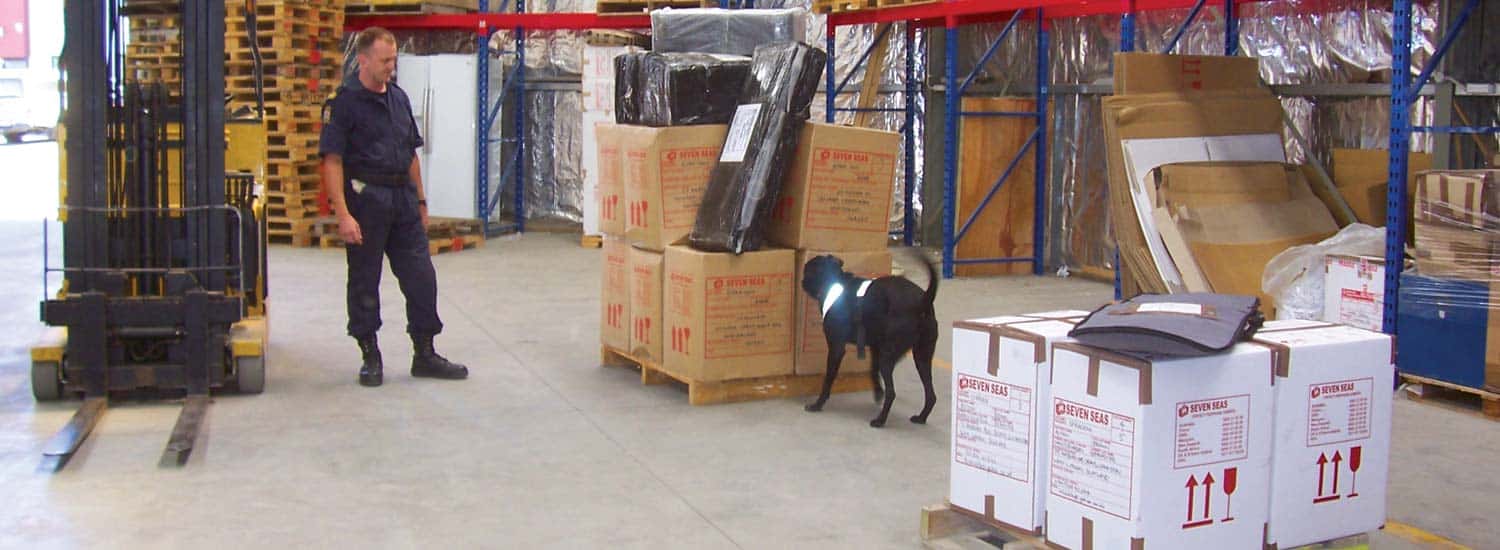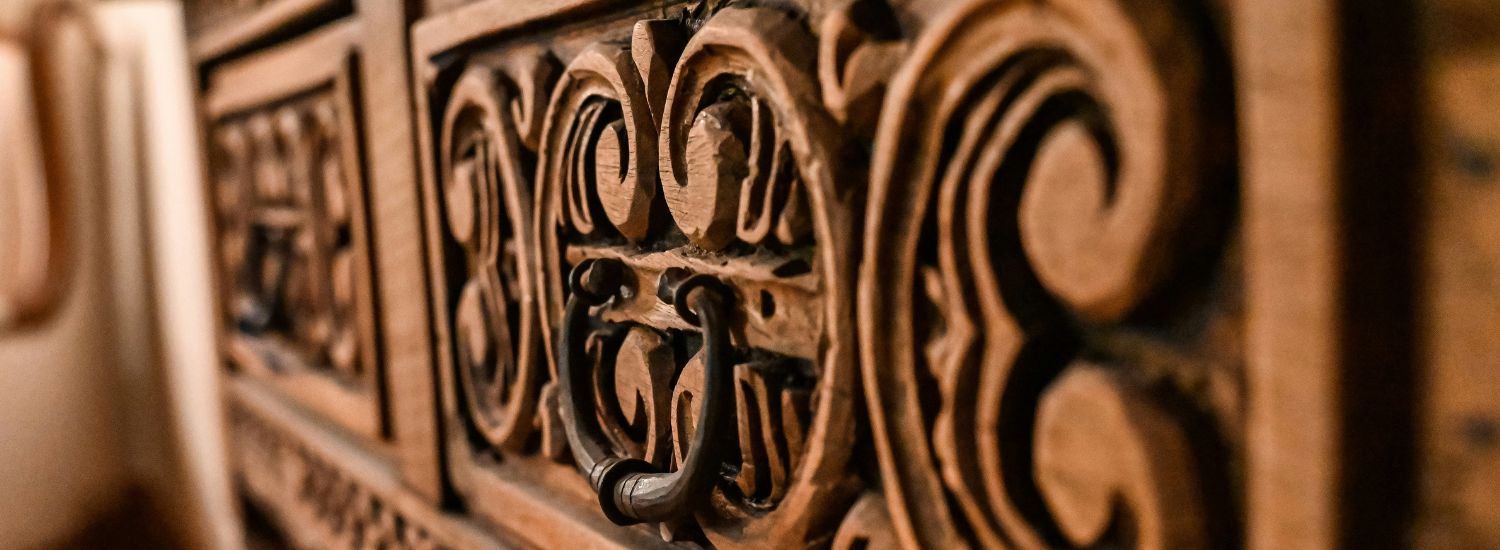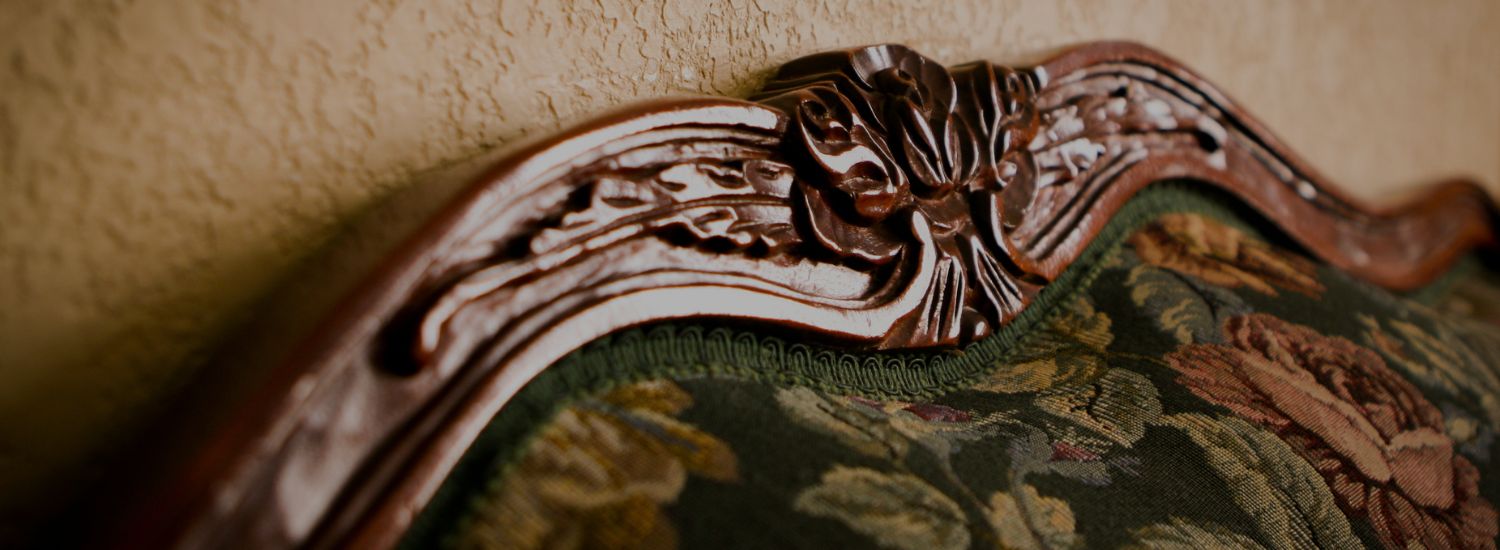Before packing, check this list of items prohibited from entering a particular country or region.
Key takeaways
- To ship antiques, assess their age and condition to determine the level of protection needed during transit, pack the items carefully and consider adding insurance to protect them from loss or damage during long overseas journeys.
- Types of antiques include furniture, artwork, ceramics, musical instruments, toys, geological items, textiles, collectables, and architectural objects.
- To be an antique, an item must be at least one hundred years old.
How to ship antiques
Shipping antiques overseas requires proper planning to ensure your valuable, fragile and sentimental items arrive as packed and without delays. The first step is to assess the object's age and condition to determine the level of protection needed during transit. Consider hiring a professional packing company with experience handling antiques who can come to your home and carefully wrap and pack your antiques to a high standard.
Use high-quality protective packing materials, such as bubble wrap, foam and acid-free tissue paper, to protect delicate surfaces, edges and textiles. Double-walled cardboard boxes offer substantial protection for smaller items. Wrap each item inside your boxes individually to avoid scratches and other damage. If there are empty spaces, fill them with cushioning materials, such as packing peanuts or crumpled paper, to prevent movement during transit.
We strongly advise adding insurance to protect your precious heirlooms from loss or damage incurred during long overseas journeys.

How to ship antique furniture
Due to antique furniture's size, weight, fragility and age, overseas shipping presents unique challenges. Proper preparation, using appropriate packing materials, and taking out protection are essential steps for safe transport and some peace of mind.
Consider getting a professional appraisal of your furniture's condition, authenticity, and valuation to help you decide the best way to prepare these items for shipping and give you a monetary figure for insurance purposes. Search for certified, reputable local appraisers who specialise in antique furniture in your country, for example, the Royal Institution of Chartered Surveyors (RICS) in the UK and the American Society of Appraisers (ASA) in the US.
Before shipping, you must check the Convention on International Trade in Endangered Species of Wild Fauna and Flora (CITES) website to ensure your antiques don't contain endangered materials, such as Brazilian rosewood or elephant ivory, and are subject to import restrictions.
Antique furniture, such as tables, chairs, and sideboards, need the full protection of a wooden shipping crate, like our moving pod, the International MoveCube®. It acts as your own mini shipping container and is available in Large, Medium, and Small to suit the size of your shipment. Choose a size slightly larger than your furniture to allow room for padding materials, such as foam, to help absorb shocks during transit.

Types of antiques
Types of antiques include furniture, artwork, ceramics, musical instruments, toys, geological items, textiles, collectables, and architectural objects.
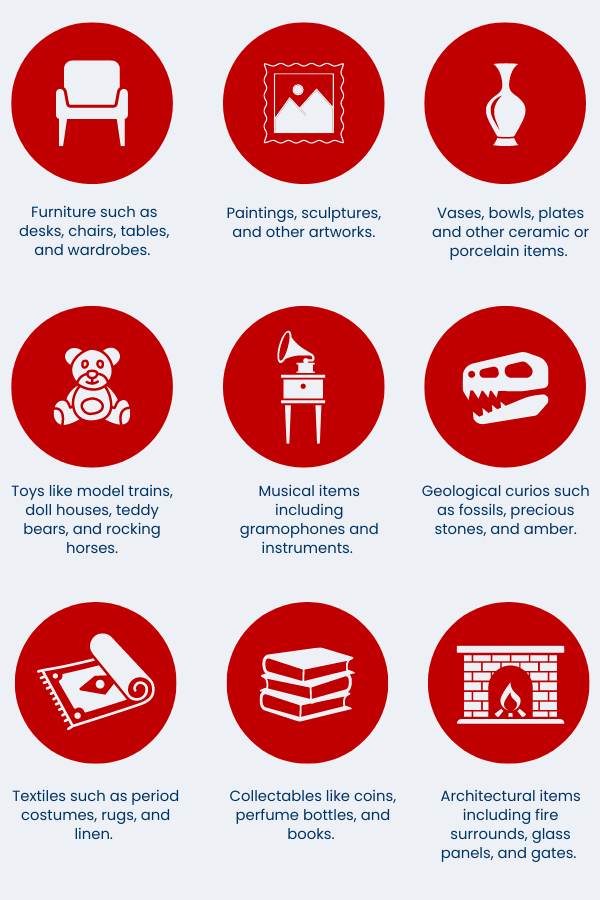
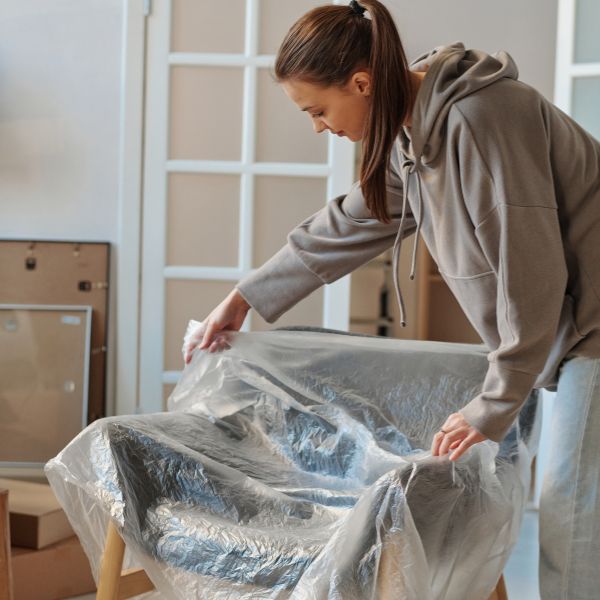
Empty drawers and cupboards and remove all legs, drawers, shelves, panels or other detachable sections.
Antique furniture packing tips:
- Photograph each piece of furniture from several angles to record its pre-shipping condition.
- Consider placing plastic, foam, metal, cardboard or inflatable edge protectors on corners and other vulnerable areas*.
- Empty drawers and cupboards and remove all legs, drawers, shelves, panels or other detachable sections. Wrap each piece individually in cushioning materials, such as moving blankets or bubble wrap.
- Ensure everything is properly labelled. Place white labels marked with "Fragile", "Handle with Care", and "This Side Up" to remind anyone moving your items to be extra careful.
Remember to inform your international movers of any particularly fragile goods and other key information, such as the best lifting points, their weight, and actions to avoid, like stacking certain items on top of each other.
*Seven Seas Worldwide does not endorse these products.
How old does something have to be to be an antique?
To be an antique, an item must be at least one hundred years old. While this definition is a widely accepted standard among collectors, appraisers, and historians, it can vary depending on context and the market or country. This age threshold impacts how an item is classified for sale, appraisals, and import duties.
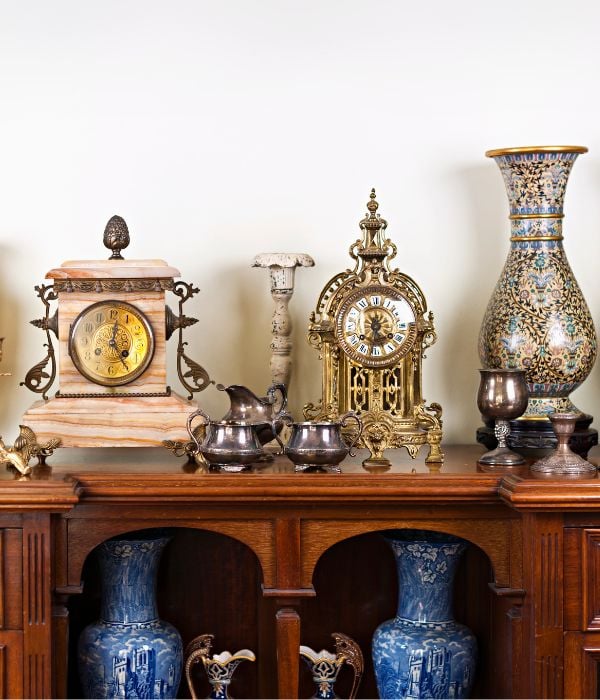
Import duty on antiques
Import duties on antiques involve customs regulations that vary by country but share some common principles.
Here is a general overview:
- Definition and classification: most countries classify antiques based on age, typically at least one hundred years old.
- Import duty exemptions: many nations offer exemptions or reduced import duty rates on antiques to encourage the preservation of cultural heritage. Qualifying items must meet specific criteria, such as age, authenticity and condition.
- Documentation: required documents may include proof of age, origin, and authenticity to help customs authorities determine whether the item qualifies for exemptions or reduced duties.
- Valuation: the value of the antique is typically assessed for duty purposes. As a result, even if it qualifies for duty exemptions, it may be subject to other fees based on how much it is worth.
- Cultural heritage: some countries restrict the exportation of antiques to protect their cultural heritage. You may need to provide permits or certifications to prove the item is not of cultural or historical importance to the exporting country.
- Endangered species: certain antiques containing materials from endangered plant and animal byproducts, such as rosewood or agarwood, are subject to additional restrictions under CITES.
- Regulatory compliance: import rules may consider the condition and conservation of antiques — damaged or restored items could be subject to different regulations.
Importing antiques into the US
When importing antiques into the US, you must meet several vital regulations and procedures to ensure compliance with US Customs and Border Protection (CBP).
Antiques over one hundred years old are generally classified under Chapter 97 of the Harmonized Tariff Schedule (HTS). Items under subheading 9706, such as furniture and decorative objects, are typically eligible for duty-free importation. However, you must provide proof of the item's manufacturing age via an official certification or the item's documented history.
Repaired or restored antiques can still be classified as antiques if they retain their original character. However, if more than fifty per cent of the item has been restored or its essential character has changed, it may no longer qualify.
When bringing antiques into the US, importers must complete a CBP Form 3461 (Entry/Immediate Delivery) and a CBP Form 7501 (Entry Summary). Both forms ensure that all relevant duties and taxes are assessed correctly.
American customs officials may inspect antique imports. So, having detailed documentation, including receipts, appraisals, and any relevant certificates, will facilitate a smooth inspection process and prevent fines and delays. You must also mark imported antiques with their origin country unless they are identifiable as antiques due to their condition.

Importing antiques after Brexit
Since 1st January 2021, importing antiques into the United Kingdom has become more complex due to Brexit — the UK's exit from the European Union (EU).
Antiques arriving from the EU are now subject to the same import rules as those from outside the EU, including a 5% import VAT on items over 100 years old.
Importers must also complete customs declarations, such as a C88 Single Administrative Document (SAD) form, and provide documentation proving the item's age and value.
Otherwise, any goods not considered antiques, works of art or collectors' items are subject to the standard import VAT rate of 20%.
